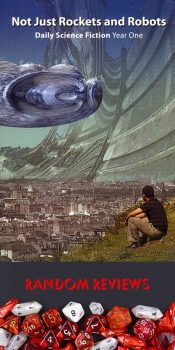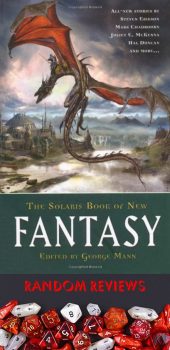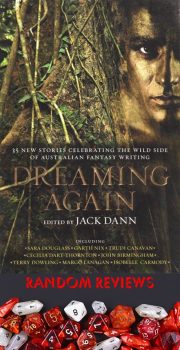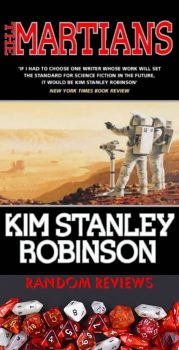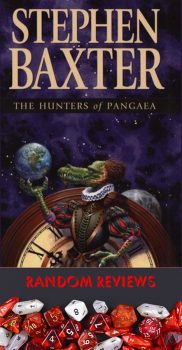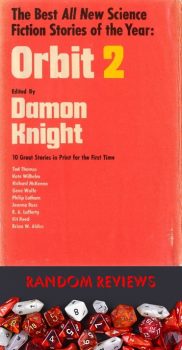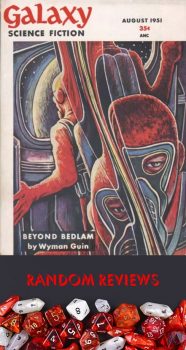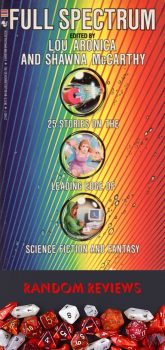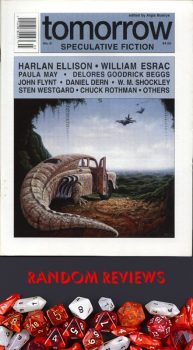Random Reviews: “Wizard’s Bounty” by Charles de Lint
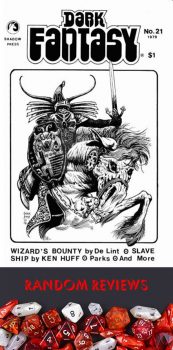
“Wizard’s Bounty” is an early short story by Charles de Lint, first published in 1979 in Dark Fantasy magazine and only reprinted in de Lint’s collection A Handful of Coppers. As such an early appearance, it does not have the feel of much of de Lint’s work as he was clearly trying to find his voice when the story was written, which certainly does not mean that it isn’t a story worth reading.
de Lint has published a handful of stories surrounding the character Aynber, of which “Wizard’s Bounty” was the second. In this story, which would not have been out of place if it appeared in TSR’s The Dragon magazine of the same era, sets Aynber as a bounty hunter nicknamed “The Huntress” who is after the wizard Nemenor, who has a 5,000 gold piece bounty on his head. A chance encounter at a tavern with Boadar, who claims to know where she can find Nemenor, gives Aynber an unwelcome companion who can lead her to the wizard at the cost of part of the bounty.
Against her better judgement, Aynber accepts Boadar’s company and knowledge on her quest and he does lead her to the wizard’s tower. As a companion, Boadar proves useless when they are attacked. Furthermore, during their journey, Boadar takes liberties with her body when she sleeps, which seems gratuitous, but serves to reinforce Aynber’s own judgment of Boadar for the reader, even if she is unaware of Boadar’s action. …
